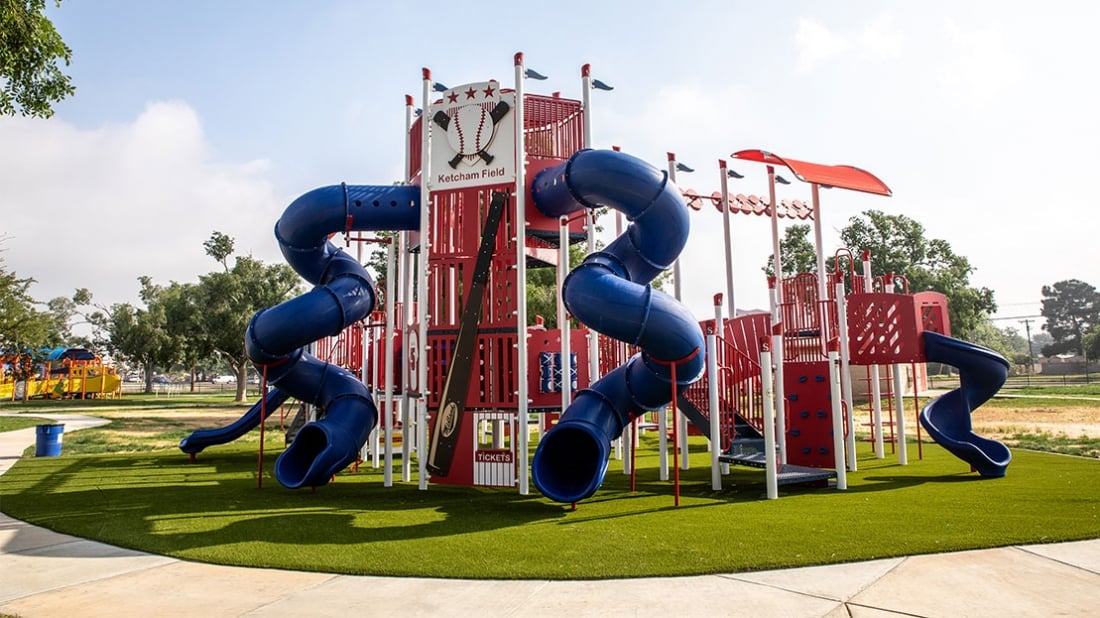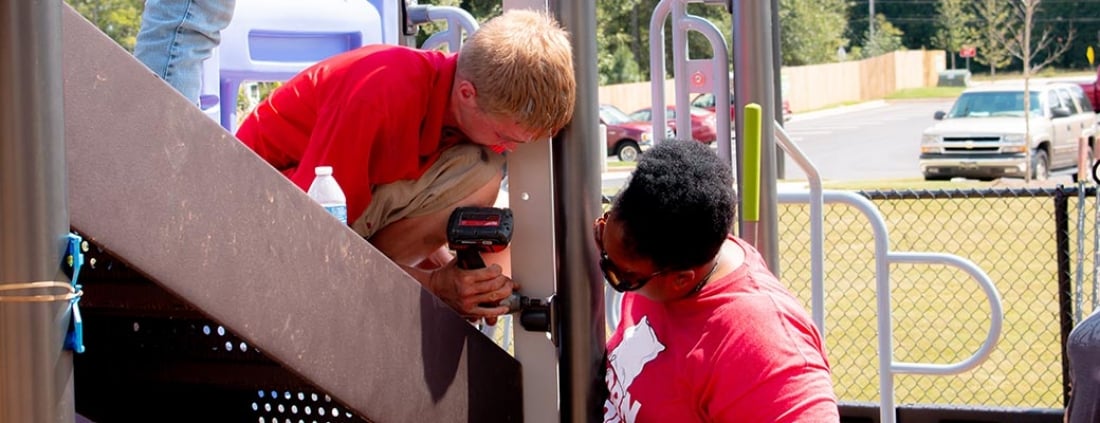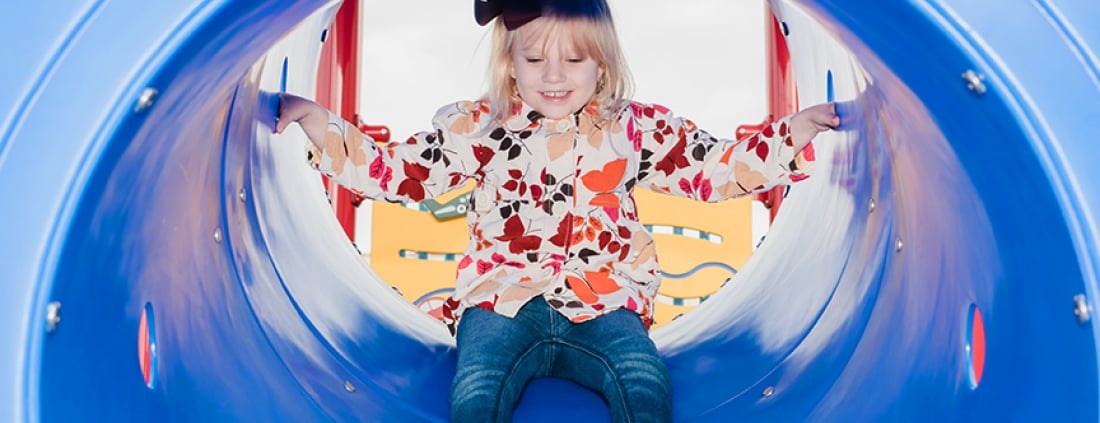Q & A with Sherri Pope, Superior's Playground Safety Expert

There’s no doubt that playground safety has improved over the years. Much has changed since the Consumer Product Safety Commission (CPSC) issued its first safety standards for playgrounds in 1981. But how exactly has safety improved? Sherri Pope, IPEMA (International Play Equipment Manufacturers Association) Coordinator, ensures that playground equipment made at Superior Recreational Products meets IPEMA guidelines.
Sherri received a mechanical engineering degree from Carroll Technical Institute in 1985 and worked in engineering for over 30 years. Starting a career in electrical power substations and moving to high-rise construction, Sherri began working for Superior in March of 1998, spending her most recent 19 years in the commercial playground industry. She worked with coworkers to start Superior’s IPEMA program and help to become a certified testing facility. Sherri has been an active member of ASTM for more than 10 years, serving on the F15 sub-committee and keeping up with the latest developments in ASTM standards. In addition, she is a member of the IPEMA Equipment Certification Committee and has served as a member of IPEMA Board of Directors since January 2013. As our expert in this arena, she explains in detail the evolution of playground safety in this Q & A.
What are some key safety standards for playgrounds?
I believe supervision, proper safety surfacing, adequate use zones, and restraint from using protrusions or entanglements are some of the most vital safety standards for playgrounds.
How does ASTM and IPEMA set and assess playground safety?
The original (F1487) standard was released in 1993 after more than 10 years of collaborative effort. This standard was made to minimize the likelihood of life-threatening injuries on the playground. Both IPEMA and ASTM check for conformance of this standard, (CSA Z-614), and several others listed on their website. The mission of IPEMA is to promote play, encourage safety, and provide certification programs for playground environments.
What improvements in site safety have been made over the years?
I think the addition of proper attenuating surfaces is a great improvement. These surfaces offer protection against the leading cause of injury on playgrounds - falls to hard surfaces. Another improvement is the regulation that states signs or labels should be made visible and should alert users of potential hazards. Signs that offer warnings about hot surfaces, children's supervision recommendations, and age appropriateness are great examples. Finally, requirements for guard rails, barriers, and hand supports are also significant.
What do you see in terms of safety that can be improved?
Playgrounds need more shade, especially in the south where sun exposure can result in overheated play surfaces. Also, in the technological world we live in, people pay more attention to their smartphones and less on what kids are doing on the playground. Supervision is key to safe play.
What steps does SRP take to ensure safety in all of their playground designs?
Superior Recreational Products’ design personnel are required to complete Certified Playground Safety Inspector (CPSI) training and certification program. This program provides the most comprehensive and up-to-date training on safety issues including hazard identification, equipment specifications, surfacing requirements, and risk management methods.
Our AutoCAD design menu consists of 3D models that include built-in use zones and footing diagrams on separate layers. Each structure design is carefully reviewed before release to ensure sufficient space for circulation and that there aren’t overlapping or inadequate use zones. Drawings are marked clearly and presented with age recommendations for equipment used within the play structure.
Tell me about SRP's testing lab. How often are products tested?
A detailed annual facility review is performed by TÜV SÜD America's Detroit office, which manages the IPEMA certification program. Passing this evaluation allows us to provide our own testing and certifications to show compliance with the play industry’s standards. In order to maintain validation, we must annually re-test 20 percent of the products listed as certified at the beginning of each year. This assures all certified products are re-tested every five years. SRP currently has 1,725 certified products and will perform more than 350 retests this year.
How does the evolution of playground safety relate to SRP?
As a play structure manufacturer, we must stay up to date with all safety requirements to ensure our designs and components are compliant. Engineering is constantly working to stay on top of changes to equipment, whether related to safety or simply ordinary production issues. All product changes must be documented. We want to make sure the equipment produced by Superior Recreational Products are the best and safest they can be.
Where do you see the future of play area safety heading?
In my 19-year experience in the playground industry, I’ve participated in many changes and improvements of ASTM standards. ASTM has worked very hard to harmonize our standard with CPSC, CSA Z-614. With the inclusion of playground safety standards, I believe the future is bright for children, and I only see it getting brighter.



